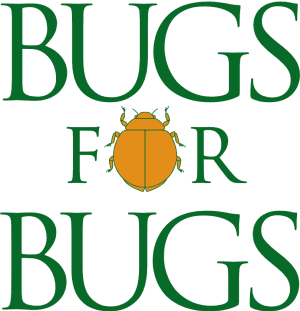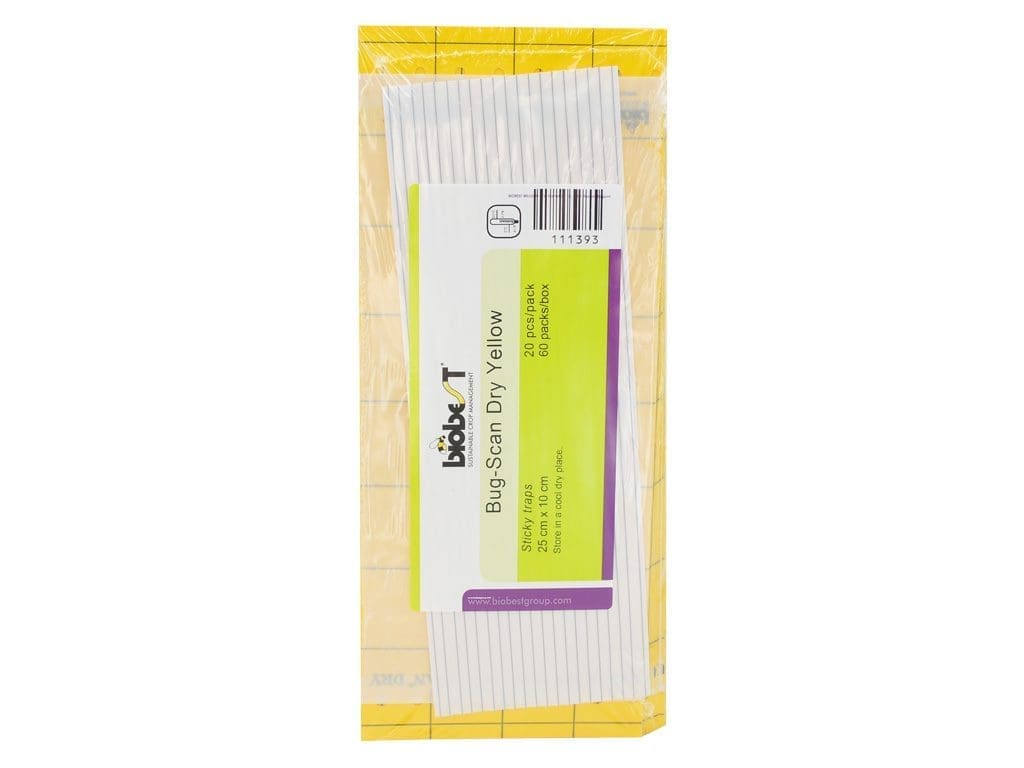Description
- A 10 x 25 cm yellow sticky trap with innovative ‘dry-glue’
- Made of durable, recyclable plastic with glue on both sides
- Attracts harmful flying insects such as whitefly, fungus gnats, aphids and thrips
- A tool for early detection and monitoring
Benefits of Bug-Scan® Yellow Dry
- These dry-glue sticky traps offer all the advantages of the classic Bug-Scan® traps, but they come with a human-friendly hot-melt type glue
- This glue is just as effective on bugs when it comes to trapping lying insects, but it does not leave a residue on your hands
- Bug-Scan® Dry makes scouting easier, saving time and taking out the annoyance of dealing with sticky residues on your hands
- A grid on one side of the trap makes counting easier
How does it work?
- Hang the sticky traps in your crop
- Most flying insects are naturally attracted by the yellow colour and they stick to the trap
- Check for and count pest insects on traps at least once a week to detect new infestations and monitor trends in existing pest populations
Suitable crops
- All protected and outdoor crops
*Please note that our sticky traps are currently unable to be used in Victoria.





Reviews
There are no reviews yet.